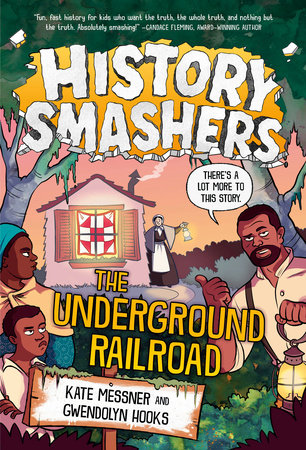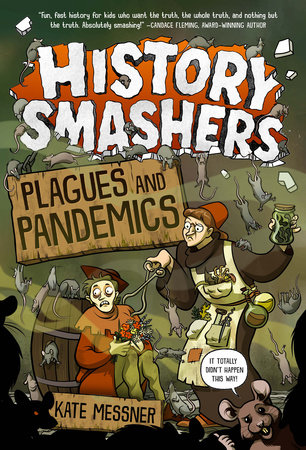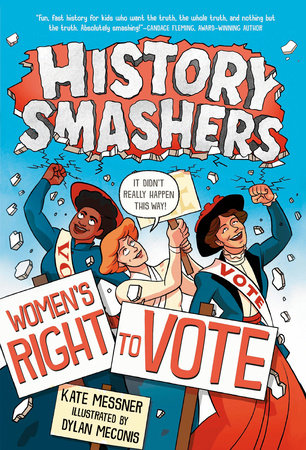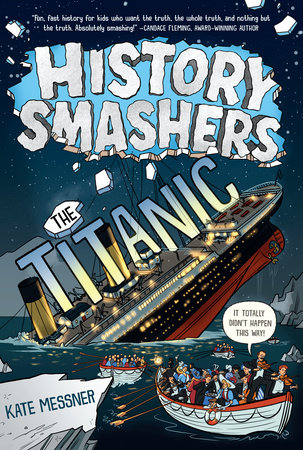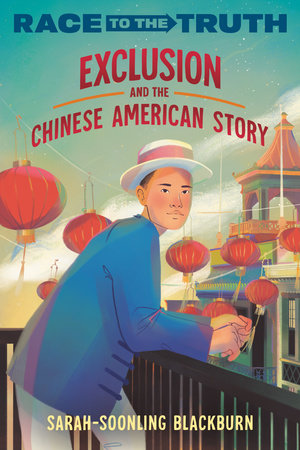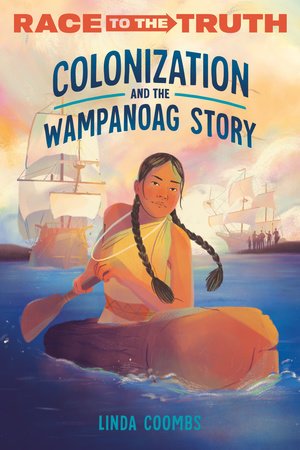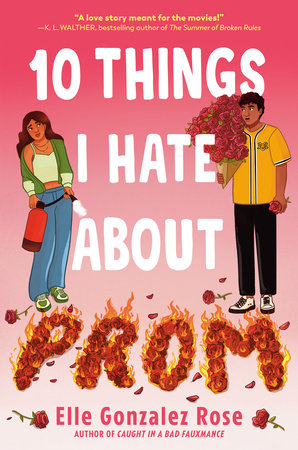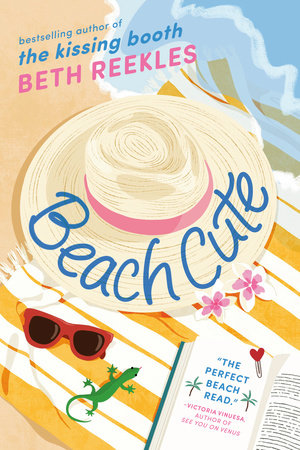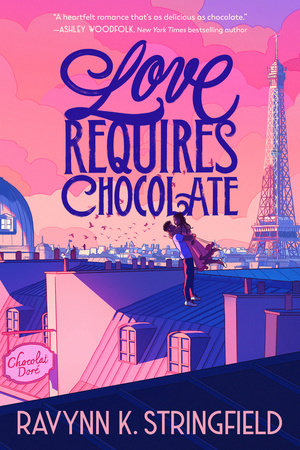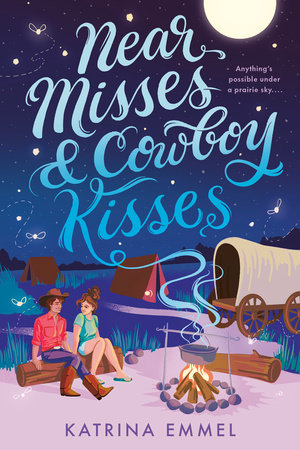The Boy and the Elephant Author Q&A
In conversation with Freya Blackwood, creator of The Boy and the Elephant
The Boy and the Elephant is told entirely through illustration. What made you decide to publish this story as a wordless picture book?
The idea for The Boy and the Elephant came from a concept drawing I did for a series of murals based on the idea of hide-and-seek. I stored the idea away and over time kept thinking of ways it could become a story. Eventually I had an entire story developed, but as drawings. Both my publisher and I thought it worked without text, and by the time I finished the illustrations, I loved how quiet the story felt and didn’t want to add words.
No matter the weather, the boy visits his friend the elephant in the lot next door. Do you have a similar place you like to visit regularly?
My family has a farm that I visit all year round. At different times of the year, we swim and row a boat in the dam, walk down to a creek and picnic, check cattle and feed two old horses. It’s beautiful countryside that we love protecting.
When the land is sold, the boy comes up with a plan to save his friend. What message do you hope children, and adults, will take from this story?
I hope this story encourages readers to try to make a difference even if succeeding seems impossible. The very act of trying—of being brave enough to go out on a limb for something you believe in—is sometimes the hardest part. But it can encourage others to stand up, too, and together, we can bring about change.
Do you have a favorite image from the book?
I have favorites for different reasons. But with this book I think my favorites would have to be the page where the boy starts to lead the elephant, and you can see the elephant’s shadow, and the following page when you realize there are more animals following. I love the feeling of freedom, relief, and joy you get from these pages.
Click the image below to download the pdf!


The Boy and the Elephant By Freya Blackwood
From an award-winning illustrator comes a tender, magical, and gorgeously rendered wordless picture book about a boy who saves the trees in the lot next door from being cut down.
Amongst the hustle and bustle of the city is an overgrown piece of land where trees and wildlife thrive. A boy, who lives in a house on the lot next to it, loves to visit. He has a friend there: an elephant, an animal that he sees within the shapes of the trees. No matter the weather, the boy visits. And as the seasons change so does the elephant; thick green foliage changes to autumnal colors before the bare branches of harsh winter appear. But one day, builders arrive. The land has been sold, and the trees have been marked for removal. The boy can't lose his elephant, and so he comes up with a plan.
Unbearably beautiful and moving, and with a touch of magical realism, here is a wordless picture book about conservation and children's ability to be powerful agents of change.
Fresh Voices: Q&A with Rob Cameron, author of Daydreamer

“Cameron’s sentences are laden with magic, stuffed to spilling with the stuff of dreams. Through them, he takes us on a journey that’s personal, poignant, phantasmagoric, and profound.”
—Carlos Hernandez, Pura Belpré Award winning author of Sal and Gabi Break the Universe
What inspired you to write Daydreamer?
I saw them, Charles and Glory. Characters show up unannounced from the Otherplace. Guests from this country—to which I’ve never been invited personally, little rude to be honest— simply appear. This often happens when I write without direction and let my hands do what they will on the page.
Charles was staring at something only he could see, like if he blinked it would get away, a tricky fish on a hook. His expression was one-part awe and one-part intense focus. I just knew he was the kind of child who would run the sky on clouds.
I immediately knew Glory was bigger inside than out. Eyes of green. Skin of black. Smoke of gold rising from between his teeth. If Samuel L. Jackson was a dragon, he would be Glory (I have no insider knowledge to confirm that Mr. Jackson is not in fact a dragon). I also knew he’d lived more life than he could possibly contain inside of himself. Too much history to remember; a problem to be sure. But the important thing to remember about Glory is that he flies when he wants to. You would know him by his laugh, nearly identical with thunder and rain.
I saw Glory and Charles. But I hadn’t heard them yet. Then happenstance pulled on strands of fate. I was teaching fifth grade at the time and all the classes went on a field trip to see author Patricia Polacco speak. Patricia grew up in a home where reading and telling stories was elevated to ritual, a ritual that she could not participate in because of her neurodivergence. She felt cursed until an arts teacher helped her break it. And now she writes and paints. Her experience helped me unlock Charles’s voice and Glory’s reaction to it.

What was the most difficult part about writing the book? What part was the easiest?
There is absolutely nothing easy about writing a book. This July I went to Readercon, my absolute favorite convention. My writers group, Brooklyn Speculative Fiction Writers, has attended every year since 2012. I was sitting in my hotel room by the window when there came a sudden knock, knock, KNOCKING at my door. There stood a hockey dad and his wife. Their kid’s team was staying at the hotel. They’d seen me from down on the patio and their friends just knew I wouldn’t let them in to wave. The dad paid me $20 for the pleasure of proving his friends wrong. When he saw my novel Daydreamer on the table, he grabbed it and started flipping pages.
“Oh my god, these are so many words! How do you even do this!? Here’s twenty more dollars. And I’m going to buy your book. Love that you’re doing this, bro! RESPECT.”
There is nothing easy about writing a book. Hockey dads agree. Reading for a book is a different matter.
I’ll make a point of talking about them more, but some of the books I almost got lost in were: The Book of Imaginary Beings by Jorge Borges, The People Could Fly by Virginia Hamilton, Legends of Belize by Grissy G. and Dismas, Fairies by Allan Lee and Brian Froud, Jabberwocky by Lewis Carol, Ocean at the End of the Lane by Neil Gaiman, and Drama of the Gifted Child by Alice Miller.
It’s worth mentioning that I was also watching Pan’s Labyrinth, David Bowie’s Labyrinth, and the imprint that published the book is Labyrinth Road, helmed by Liesa Abrams. Planets aligned.

What element of the story do you identify with the most and why?
So many things. Being in a room full of people talking to you. Sometimes it all turns into white noise, even though you’re expected to be attentive. It happens to me, so I try to stay open to that experience for my students when I’m teaching.
My deep, deep love for dragons. Truly loving anything, mythical or not, also means attempting to understand it, returning to it with fresh eyes, like rereading a favorite book.
The pull to create. I drew sooooo many dragons.
Oh, also there is a scene in the book referencing when, as a young boy, Charles electrocuted himself. That part is biographical. Don’t ever play with electricity.
What do you want kids today to take away from this story?
After you read Daydreamer, I hope you have come to know that:
- Your feelings are valid and should be explored, not locked in a suitcase.
- “Every new beginning comes from some other beginning’s end.” – Semisonic
- You are not defined by the things that you cannot do.
- There is good love and there is bad love. It takes work to see the difference.
Can you speak a bit to the idea of the theme of how kids can navigate facing dragons—both literal and metaphorical?
This is for everyone. Relative to a dragon, an adult is just a slightly taller kid. You must be careful when hitching your star to a dragon’s tail. The thing about dragons is that no matter how beautiful or scary or lovable they are, it’s impossible for them not to be self-centered and stuck in their ways.[1] Eventually, you will have to put some distance between yourself and the dragon (that does not mean killing it!).
Doing so may be scary, may be dangerous. But it can be done. I strongly recommend that you don’t try to do it alone. I strongly recommend that you do so by holding hands with people you trust. Who will be your companions?

What are you currently reading?
My reading list is wild. They mostly have to do with projects I’m working on.
- Maria Dahvana Headley’s translation of Beowulf.
- Spiderman & X-Men comics!
- Dear Medusa by Olivia A Cole
- Meet Me on Mercer Street by Booki Vivat (reading that with my oldest daughter)

Daydreamer By Rob Cameron
An eleven-year-old boy copes with the challenges of his city life by weaving his reality into a magical realm of dragons, foxes, and trolls—until he must use the power of his creativity to save both of his worlds from destructive forces. This stunning debut is a profound exploration of imagination, community, and how the stories we tell both comfort us and challenge us to grow.
Charles’ life is split between two worlds: one real and one fantasy. In the real world, he is a lonely, bullied kid who can’t keep up with school when the letters refuse to stay still on the page, and is constantly in trouble for getting distracted. He lives with his mom in an apartment building, where Glory, the grumpy old superintendent, fills his head with stories about the Dream Folk.
In his fantasy world, the Sanctuary, Charles adventures with faeries and sprites and his two imaginary best friends. There, Charles's bullies become ogres, and Glory opens his arms wide to transform into a dragon. But when trolls move into Charles’ apartment building and bring with them a terrible secret, the stories he has been told and the ones he brings to life grow more complicated. To protect everyone he cares about, Charles must harness his imagination in ways he never dreamed, in this unique story of the spaces and narratives we create for ourselves, and the ways in which fantasy and reality collide and blur.

Rob Cameron
Cameron Roberson, who writes under the pen name Rob Cameron, is a teacher, linguist, and writer. He has poetry, stories, and essays, in Star*Line, The Magazine of Fantasy & Science Fiction, Foreign Policy Magazine, Tor.com, New Modality, Solarpunk Magazine, Clockwork Phoenix Five, and others. Daydreamer is his debut middle grade novel. Rob is also lead organizer for the Brooklyn Speculative Fiction Writers and executive producer of Kaleidocast.nyc.
The Fresh Voices series is in coordination with the RHCB DEI Book Club committee.












